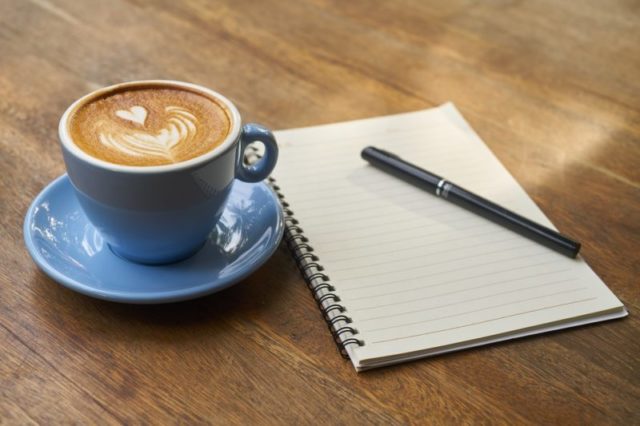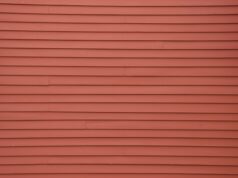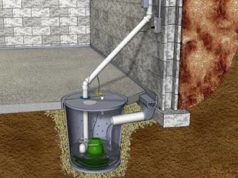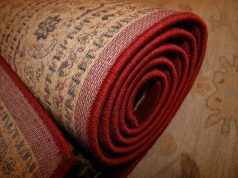As one of the most versatile and hard-working furniture pieces in your home, it’s important that your coffee table be well-constructed from hardy materials that match well with your home’s décor, while being reliable enough to withstand frequent use. Woodwork specialists use a variety of different wood types to make coffee tables, with some preferring hardwoods over softwoods and vice versa. Each of these wood types has its own advantages and disadvantages, with features that suit a variety of lifestyles, but it’s important to keep in mind your own needs and preferences when choosing a wooden coffee table, as some woods are quite delicate and require gentle handling and thorough maintenance when compared to others.
Other factors that you might want to look into when you’re thinking of wood types is the texture and feel of the wood; some woods have a natural sheen which makes them soft to the touch, while others are more rustic and suited to industrial or farm style design where they’ll get a lot of work related use. To help make your selection of the best wood for your table, we’ve made a list of the top five different types of wood that you should consider when custom making or purchasing your own wooden coffee table.
1. Mahogany:
This popular hardwood is one of the most widely used materials in making coffee tables, and that’s because it’s easily available and very pliable to work with. Manufacturers often carve the wood to create unique patterns and designs, and although it’s a supple material, mahogany is incredibly sturdy and long-lasting, as it contains a distinct uniformity that you’d be hard-pressed to find in other wooden materials. Its patina is characterized by warm orange color tones, with a really straight grain and a superior finish that feels marvellous to touch.
2. Oak:
Oak is another prized wooden material, and you can easily recognize it through its flame speckled grain, which lends a very unique and rustic-chic look. Oak coffee tables are great because they combine aesthetic beauty and functionality seamlessly. For example, you can stack your oak coffee tables with as many accessories and books as you like, and it still won’t buckle under the pressure, and apart from being incredibly sturdy, it also adheres well to different design styles and can help you to successfully convey those styles through your décor. That said, oak is a rather exclusive and expensive material, but you do get certain variants of the wood such as red oak, that are a bit more accessible when compared to the more exclusive white oak.
3. Sheesham Wood:
Sheesham wood is often referred to as Indian Rosewood and boasts a highly malleable but strong structure, with a varied grain that makes for the most enchanting shades of red, honey and pink. This wood has a natural sheen that makes it easy to maintain, and only requires an occasional wipe to remove the dust from time to time. It’s also long-lasting and can look like-new for a long period of time.
The best thing about Sheesham wood is that it’s made from an easily available tree in India, which makes it widely available and very reasonably priced. A sheesham coffee table is definitely the way to go if you want a table that’s sturdy, long lasting, smooth and graceful.
4. Maple:
With maple you’ve got a really durable hardwood that’s built to last and take a beating. It’s the perfect choice for busy families, as it requires very little to no maintenance, plus it has a natural glossy finish that is simple and soft to the touch.
5. Cherry and walnut:
Much loved among woodworkers, cherry and walnut woods are really easy to work with thanks to their delicate but strong structure. Each contains unique patterns which sets them apart from each other, while sharing soft warm shades, like chocolate and cherry, which add a lot of elegance and richness to the space. However, it’s walnut that you want to work with if you want to add an elegant but traditional feel to your décor, while cherry is impressively opulent when combined with most design styles, especially contemporary.








